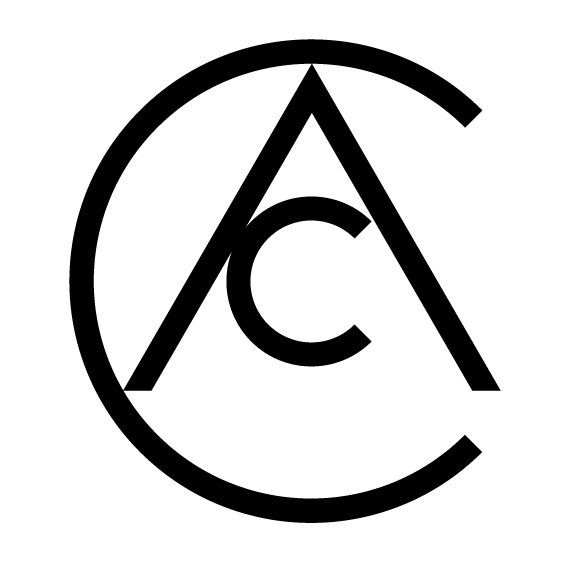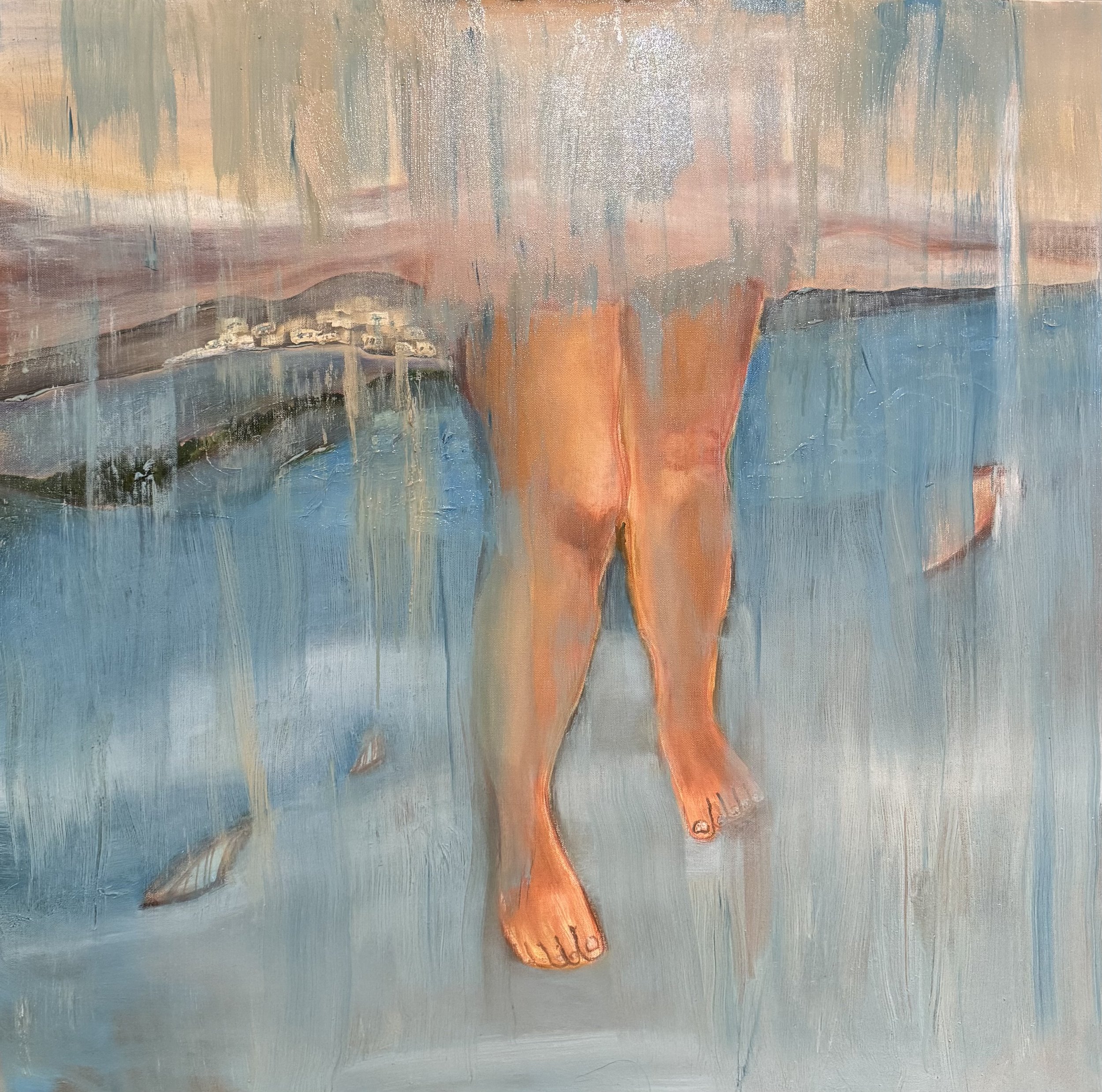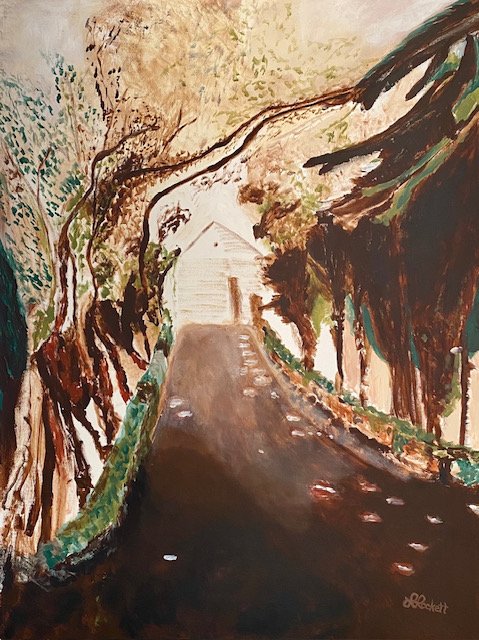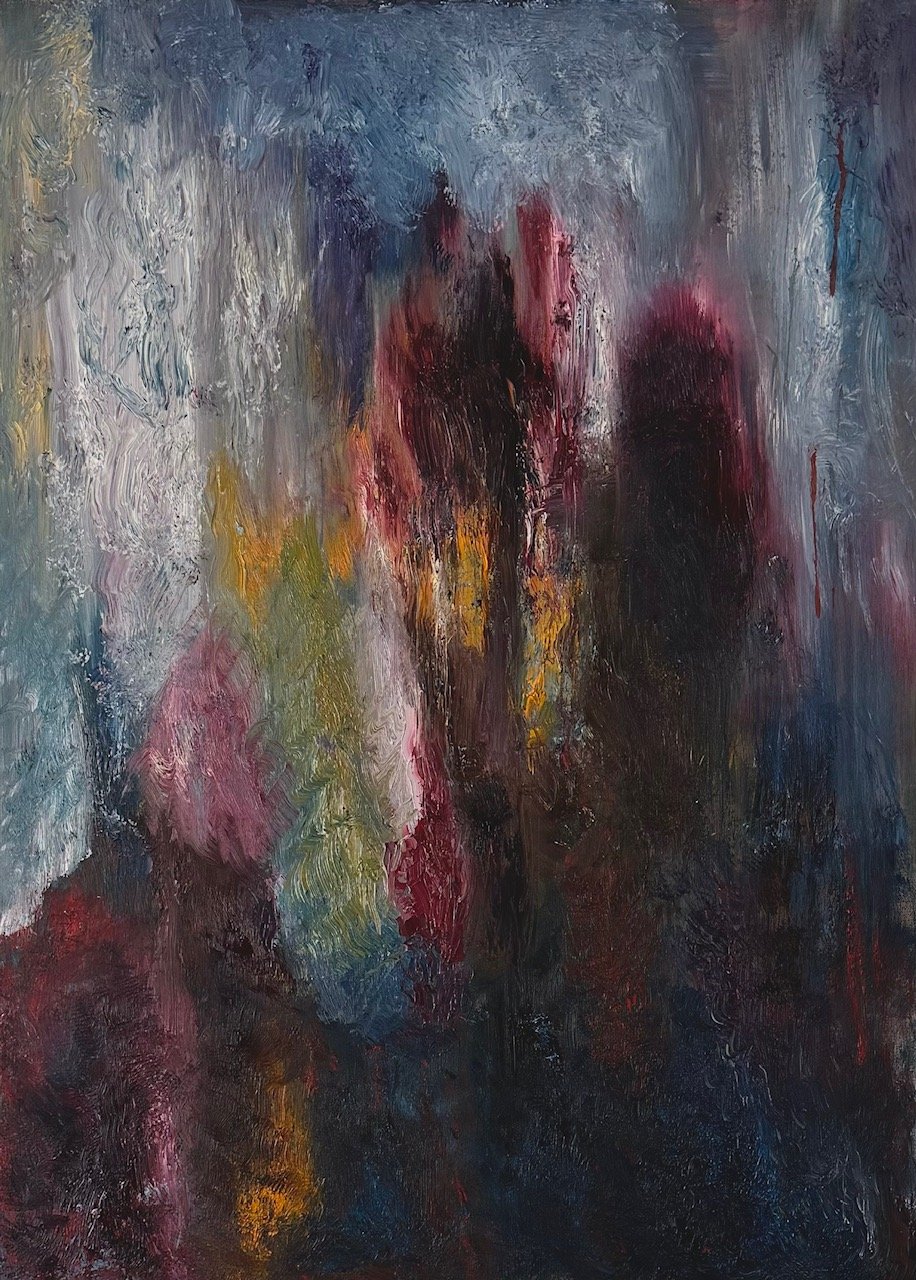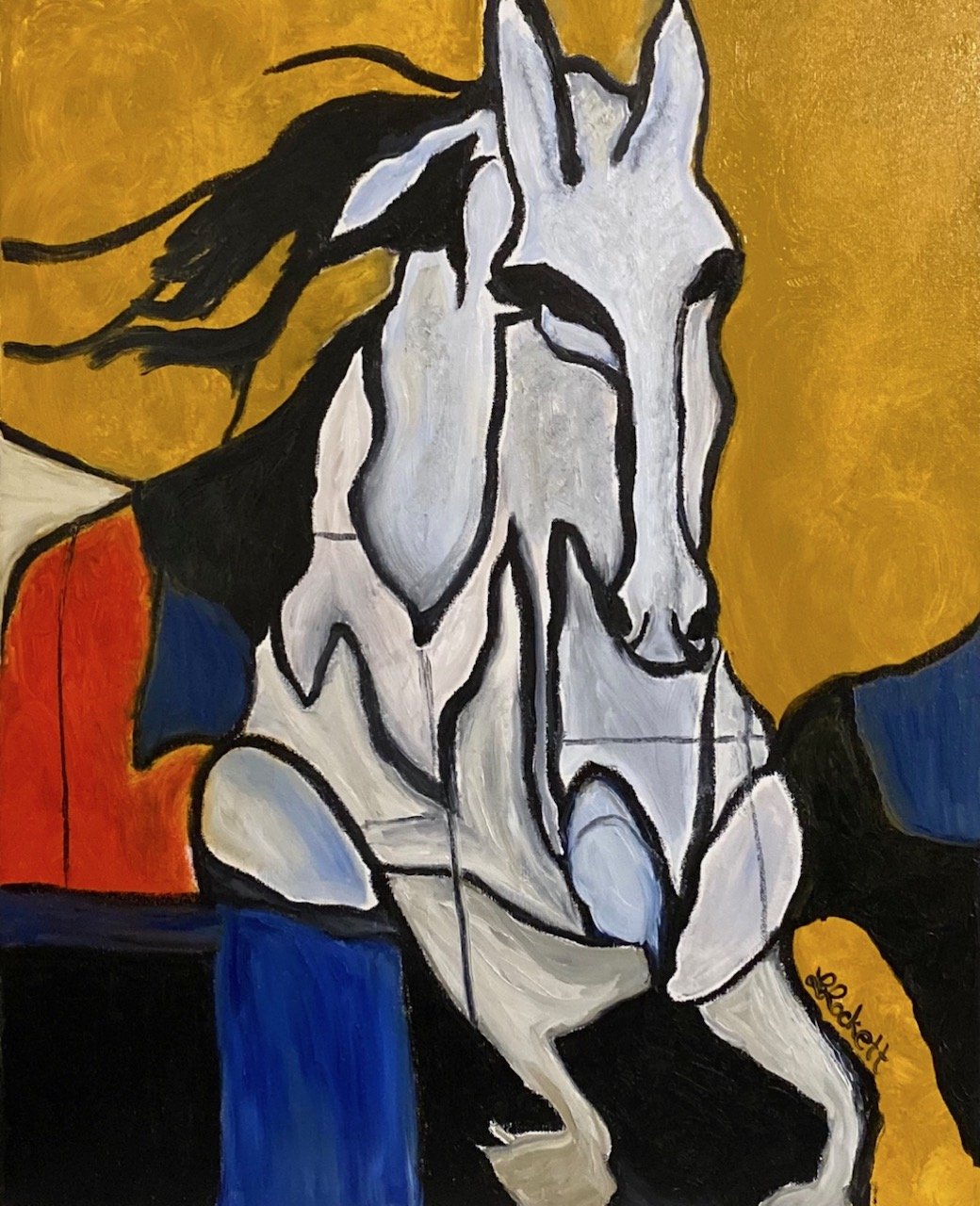Interview with Lisa Lockett
Lisa Lockett, an American fine art painter, began drawing at the age of five and would later own a design firm that would eventually serve as a catalyst for her art. Lisa uses rich oils and deep layers to convey abstract ideas, moods, and emotions. The bold lighting and dark contrast she gives to her paintings seem to glide off the surface with fine blending and brilliance. Her subjects are derived, at times, from her imagination thus, making the ordinary extraordinary, dynamic and meaningful. Lisa incorporates techniques of the Old Masters with a twist of the modern hoping to touch the mind and soul of the viewer.
Lisa, as someone who began drawing in early childhood but took a significant hiatus before returning to art, could you recount a specific memory or event from when you were four or five that stood out to you, and how did these early experiences resurface and influence your decision to commit fully to art after pursuing a different initial career path?
I was five when I began drawing. During the day, I stayed at my grandmother’s house while my parents worked. My grandmother had a visiting teacher living with her who asked if I could draw his arm. He told me I was profoundly gifted and encouraged me to keep drawing. This was the beginning of my love for art. While other children played with blocks and puzzles, I would draw. I drew everything in sight.
My father was an eccentric genius who owned a chemical lab. He persuaded me to go into science but that didn’t last when my teacher said he couldn’t see me in science but in something creative. My father gave me the book Drawing Lessons from the Great Masters and said I could do anything I set my mind to. However, my father also advised that it was more lucrative to pursue writing and design so I graduated with a Bachelor of Journalism/Advertising and Design degree from the University of Missouri-Columbia prior to my career in fine art.
Deep inside, I always felt I was an artist at heart and dreamed of having showings in art galleries. My gift of drawing would later resurface when I attended Washington University for art.
Considering your academic background in Journalism, Advertising, and Design, how do these fields shape the way you conceptualize and execute your artwork? Do you find that storytelling, brand conceptualization, or visual communication strategies from your previous disciplines seep into your artistic expression?
I love the process of creating art from a blank canvas. The possibilities are endless. My background in journalism seeps in as I ask the questions who, what, when, where, and why. Is there a story to be told or is it simply art for art sake? The University of Missouri-Columbia School of Journalism is the first school of journalism in the world, and renowned at that. It is noted for excellence. I can remember going down to the stacks at the “J-school” to peruse the newspapers from various countries around the globe. I was greatly influenced by my design professor from Germany who taught the international perspective on design.
Design comes into play with my art through composition, color, tone of the piece, and message to be conveyed. Ironically though, I am more of a purist who seeks to create art free from the constraints of branding and commercialization. If my art touches people in a profound way, then I am satisfied.
You've described using a darker palette during challenging times in your life. Could you elaborate on how specific colors you've chosen represent different emotional states or periods in your life? How do you decide which colors best represent these feelings, and what does your color selection process involve?
There was a two year period when I cared for my father while he was ill. Sadly, he passed away on September 3, 2023. He had such a great influence on my life causing me to reevaluate my career and return to my first love…art. He was so pleased that I was in art competitions and exhibitions.
At that time, I was painting a lot of portraits. Many of the colors I used were the umbers and siennas. This color palette reflected my saddened mood and also the colors of the Old Masters so I was content with that. My abstract paintings have evolved, as well, from using a darker palette to bold and bright colors.
Transitioning careers from running a design firm to focusing on fine arts is a profound shift. Can you elaborate on the catalysts for this change? How has your background in design influenced your current art style and methodologies?
The catalyst for change from design to fine art was gradual and coincided with the profound change in the execution of design that shifted from drawing by hand to using computers, to the point of needing a programer. Personally, I enjoy delving into the nitty gritty of drawing and painting with brushes, paints, and mediums.
Through my background in design, I have learned the creative process of thinking and how to bring an idea from a rough thumbnail or small scale sketch to a concept fleshed out onto a storyboard. The composition or strategic placement on the canvas or substrate is reflective of my design background as is the in-depth study of color.
Can you discuss the artists who have been pivotal in shaping your approach to painting? What specific elements from these artists do you find most compelling, and how do you incorporate these influences into your work while maintaining your unique voice?
Two artists who I am in awe of are Rembrandt and Picasso. As I mentioned earlier, I sometimes use the raw umbers and darker palette of Rembrandt. He was known for the Chiaroscuro technique, a method that uses shadows and a single light source, to create a dramatic effect. This, as well as his underpaintings, give great depth and are what I incorporate into my work yet keeping my style which captures my personal drawing ability, blending of gradations, and the wet-on-wet technique.
My style is contemporary with a classical twist and conveys emotion, an abstract quality that is sometimes hard to relay. I consider myself an emotional painter torn between the old world and the modern. One social media follower said that I put my heart and soul into my paintings.
How crucial do you believe formal art education has been to your development as a professional artist? Reflecting on your art courses at Washington University, what were some of the most significant takeaways that have informed your artistic techniques or philosophy?
Formal education has helped me with technical mastery but what is more important is the passion for art and the vision within that enables me to experiment and to use my intuition. In my opinion, when you think you know everything there is to know about art, that’s when you succumb to mediocrity. I am always on the lookout for new techniques and ways to convey a concept or story and will always continue to study art as long as I can hold a brush. Art is so vast and cannot be put into a box. There is a fine balance of drawing on one’s techniques versus one’s intuition and raw talent. For example, I find that if I perfect a painting too much, it loses spontaneity and personality. This is where my subconscious mind and creativity sets in. It cannot always be explained. I just do it.
One moment I recall at Washington University was in an acrylics class where we painted a nude man holding a cat. I was so pleased when the nude model went around the room looking at the paintings and stopped at mine. He said my painting looked just like him and captured his ‘essence.’ To me, the ‘essence’ is what it’s all about. It’s what makes the painting come alive. At that point, I knew I should be an artist.
You mentioned experiencing a 'gray period' in your art. Could you dive deeper into what characterized this phase for you creatively and emotionally? How does it contrast with other periods in your art, particularly the darker phases you mentioned earlier?
My ‘gray period’ in art was basically a time of experimenting with hard to find grays and mixing them for a softer touch, somewhat surreal. I progressed from my darker period to this as a way of saying I am looking forward to the future.
Your creative process is undoubtedly integral to your art. Could you provide a detailed walkthrough of how you begin a painting, from the initial concept to the final strokes? What indicators do you rely on to feel that a piece is truly complete?
Generally speaking, my creative process usually involves first coming up with a concept. Ideas come to me at the oddest times, at night through my dreams and visions and at coffee shops where I like to journal my ideas as I watch the people pass by. Then I start creating a monochrome underpainting from which to paint over. I lay down the basic lines and shapes to later be fleshed out into the subject matter, using proportion but excluding the details. I let this first layer dry to later paint over it with color. I add more layers and sometimes glazes, adding final details at the end. I work with the medium, which usually is oils, to make sure the painting flows. I try not to force anything. This is where the subconscious sets in and my personal style comes through. My paintings are well blended in the form of shapes to be blocked in with detail and strategically positioned throughout the painting to make it visually appealing and dynamic.
Sometimes, my best work comes out of painting and painting until I have created something or conveyed an atmosphere or mood. It can be difficult to know when the painting is finished and varies from piece to piece. This takes a trained eye and lots of practice.
Art often serves as a medium for personal or cultural narratives. Can you share how you choose the stories you want to tell through your paintings? Perhaps provide an example of a recent piece and the story behind it—what inspired it, and what you hoped to communicate through it?
Art is very personal to me and involves drawing upon my experiences in life and the people who I come in contact with. I paint stories or concepts that I feel are best suited for visual representation rather than words. Below is an example.
The name of the painting is The Convergence of Desperation and Hope. This abstract painting speaks to people of every background. Your attention is first attracted to the eye that is crying, which could be on the head of a lion; it’s all in one’s interpretation. On the upper right side of the painting is what could be an explosion in outer space, indicating the creation of the universe. All elements of the painting are connected together with black, curved lines representing the convergence, or coming together. At a higher level of meaning, this could be a painting about the creation of the universe and mankind by God and his son Jesus. The subjects are all interwoven into a life cycle. Great emotion speaks of this painting; crying and a song of hope. The tear represents desperation as the bird represents hope. I chose multiple colors of rich, oils tied in by Mars Black. This painting took on a meaning all its own which flowed beautifully with the medium.
As you look to the future, what new themes or techniques are you eager to explore in your artwork? How do you anticipate your artistic style will evolve in the next few years, and are there any projects you are particularly excited about initiating?
I look forward to the future of learning, experimenting, and evolving. I plan on expanding my vision by visiting more places, meeting new people, and exploring new techniques.
My goal is to document moments in time and their connection to the past and future as if to make one experience the emotion of the continuum. Like a song reminiscent of time, I hope to be there with my art.
I can only imagine where I will be down the road but I’m sure the journey along the way will be well worth it.
